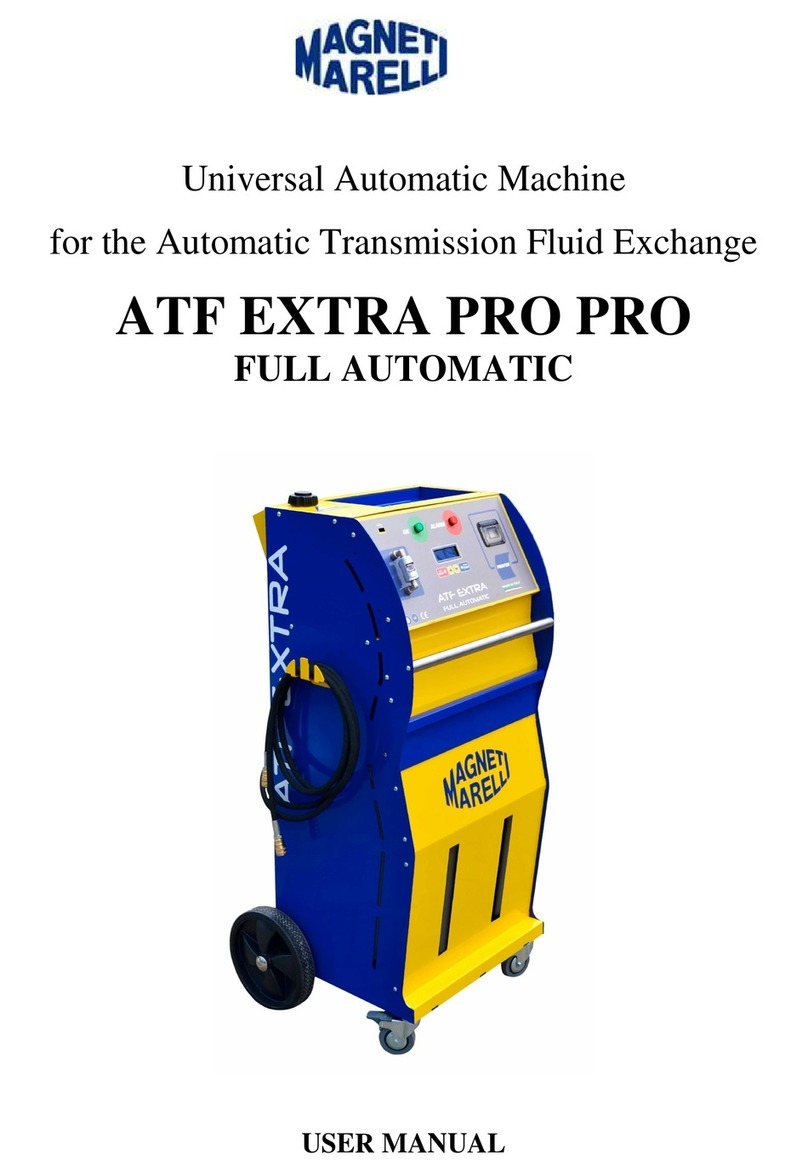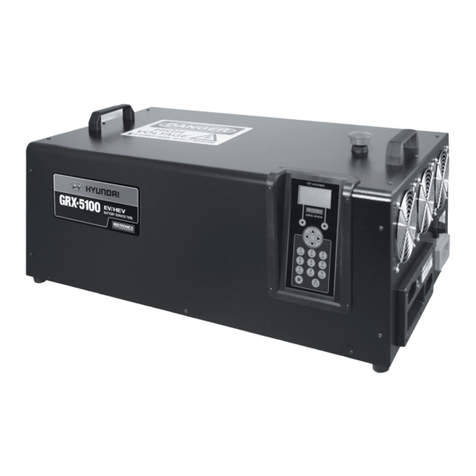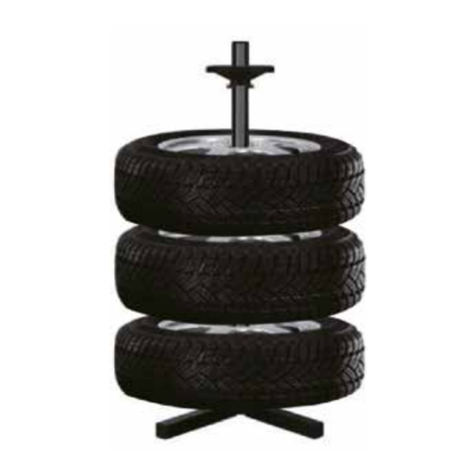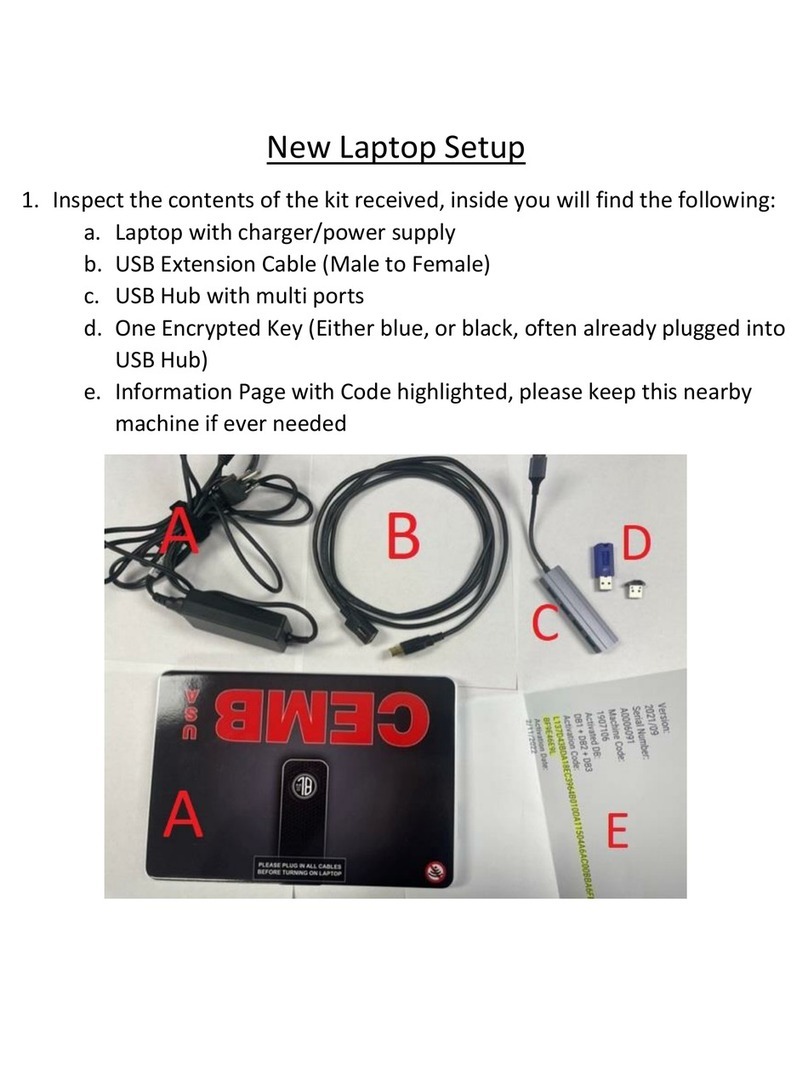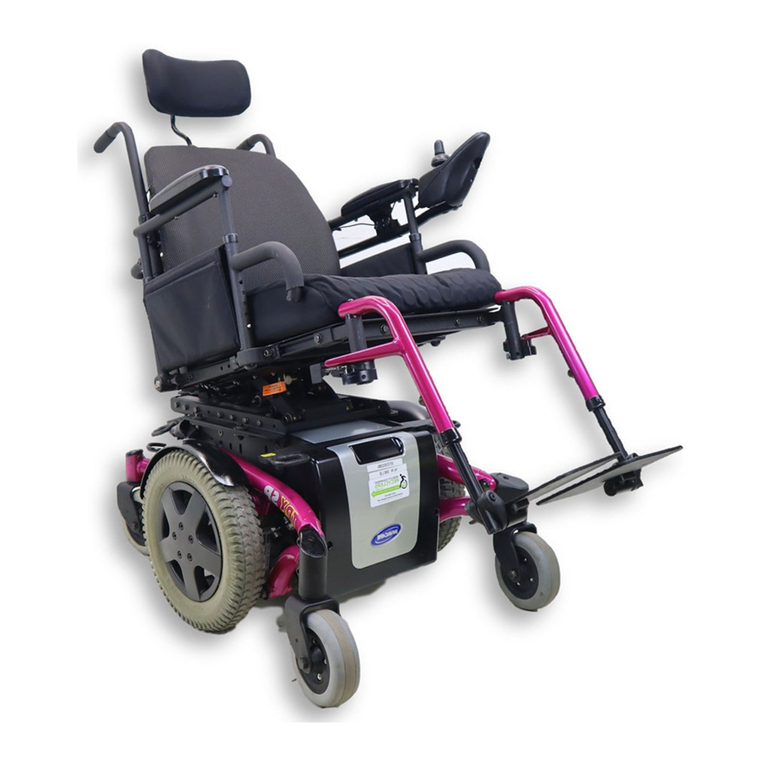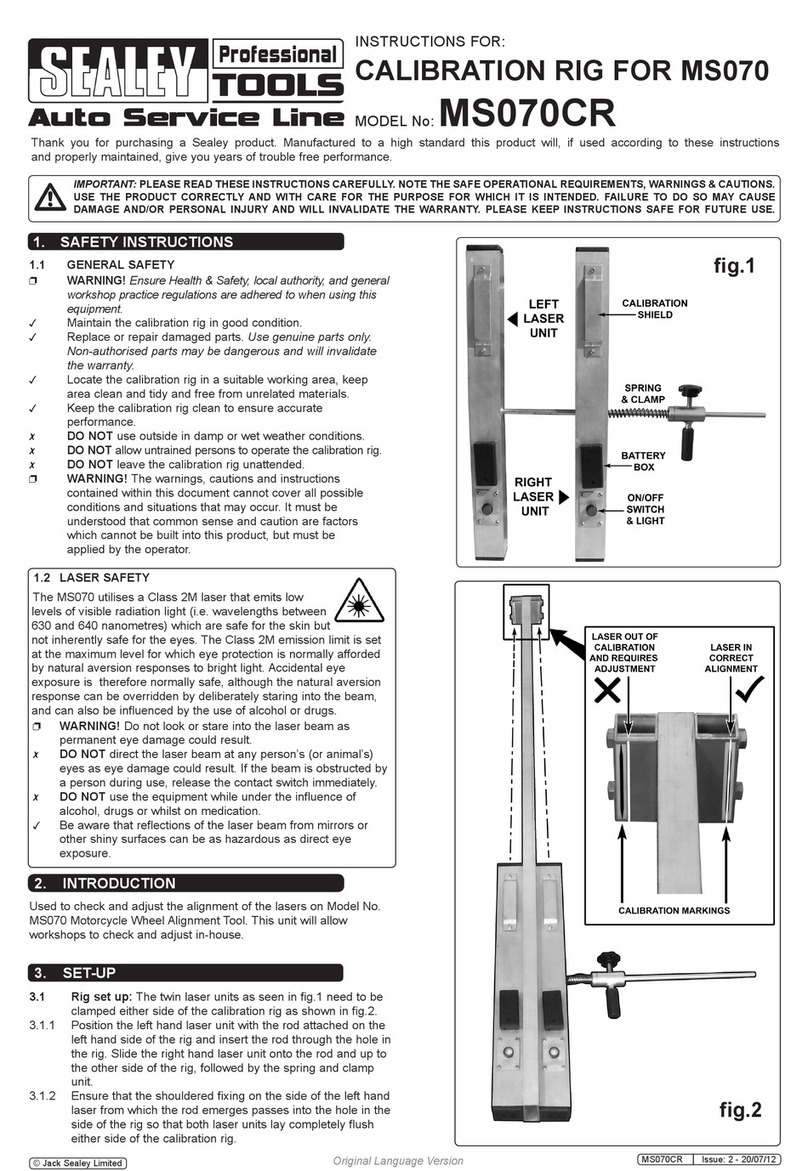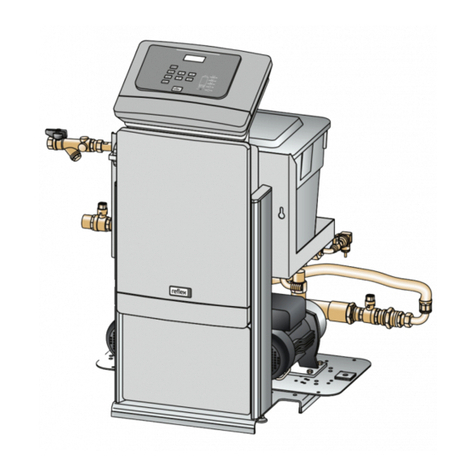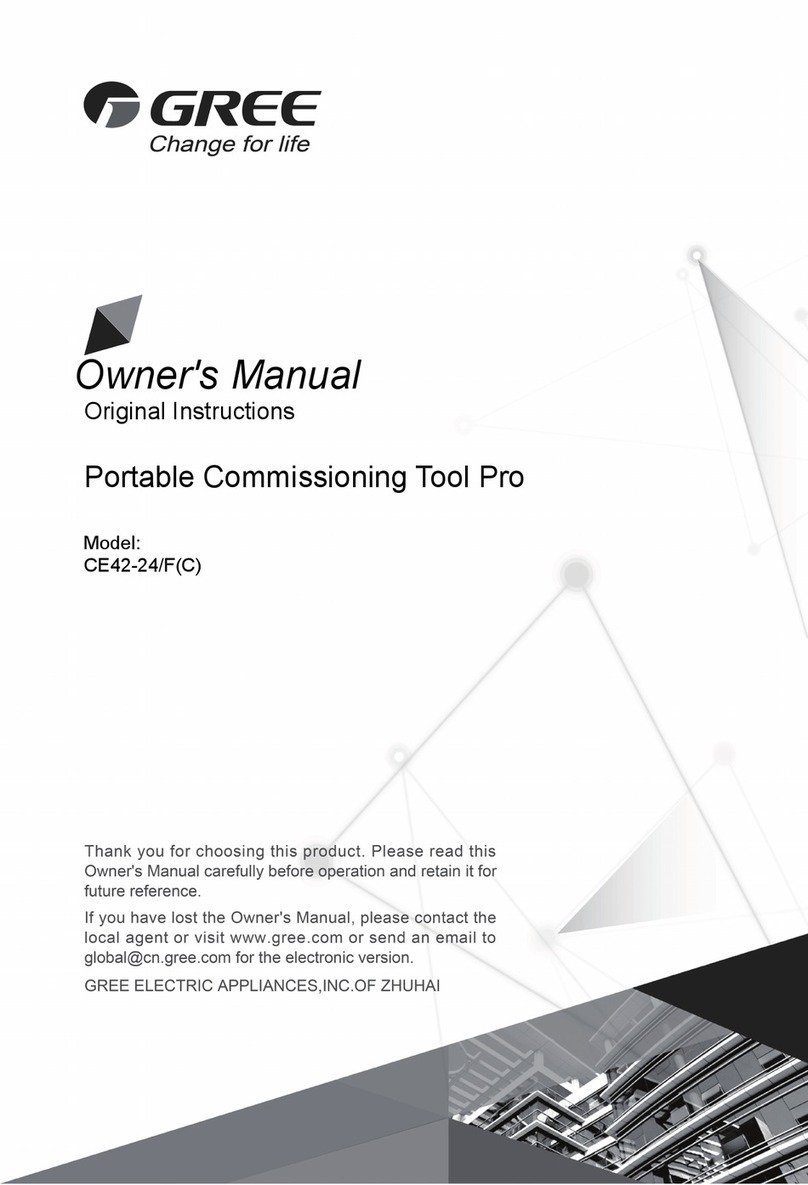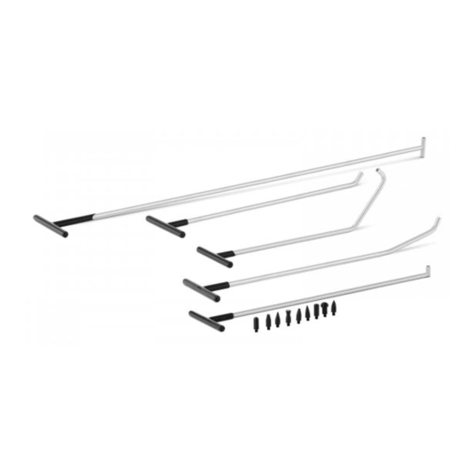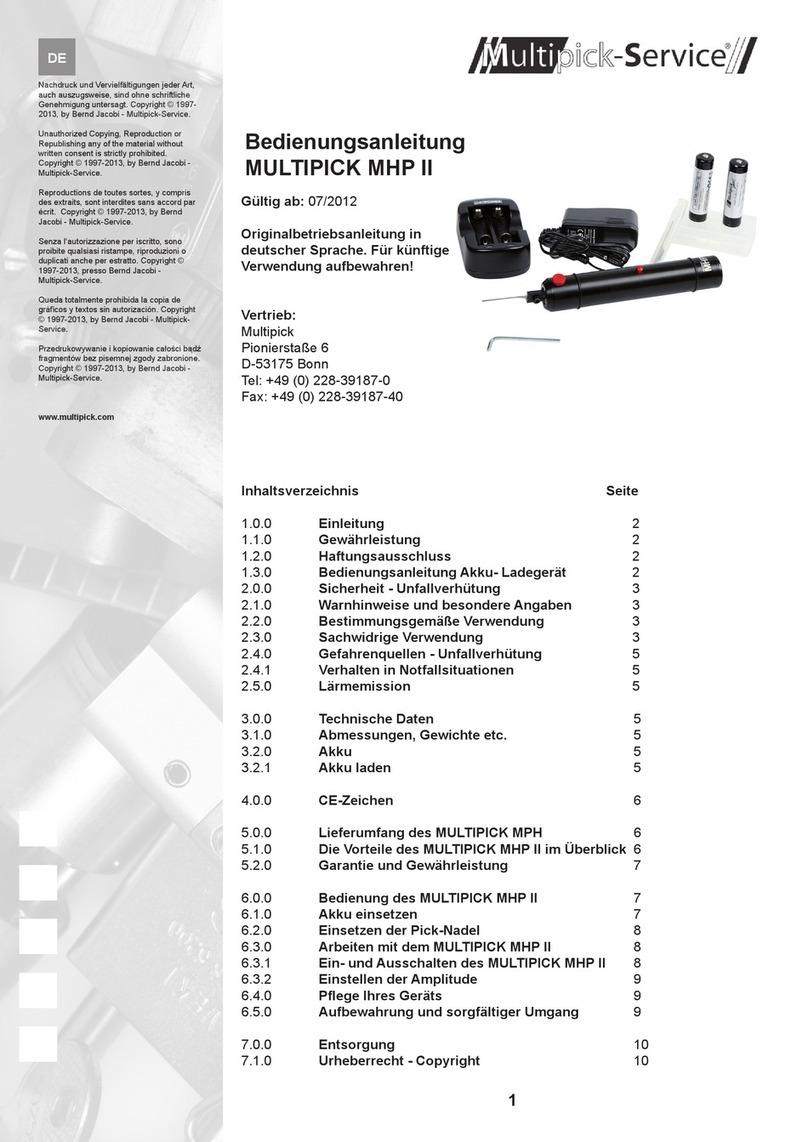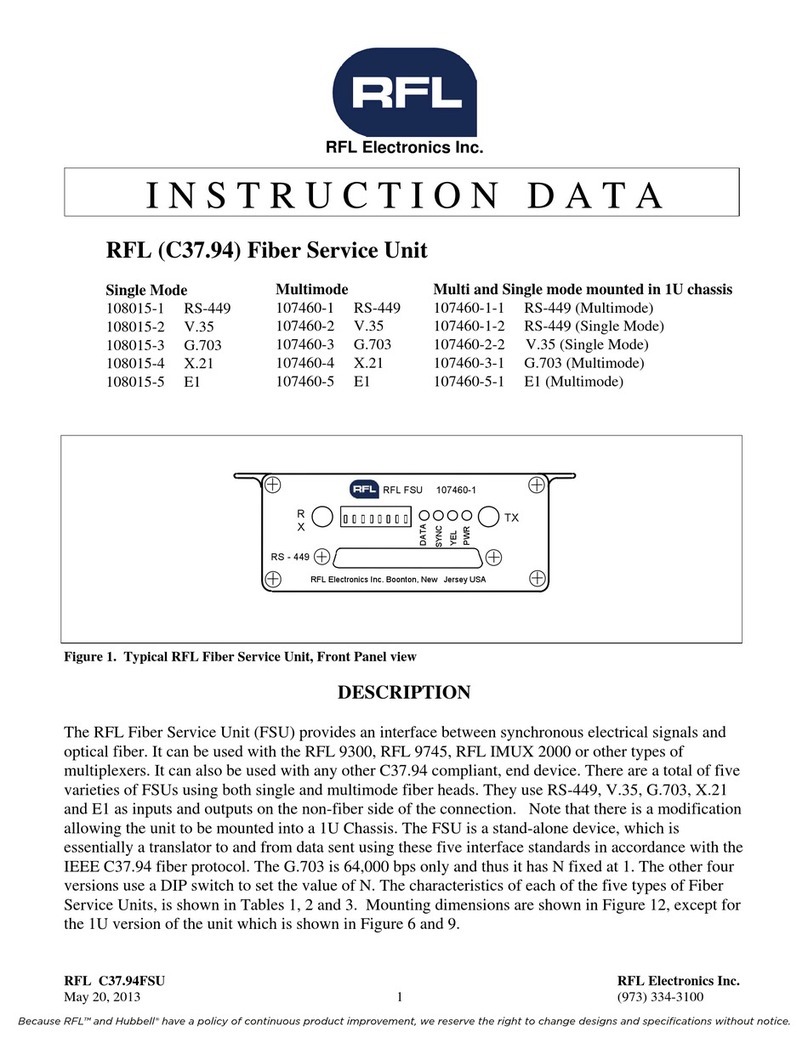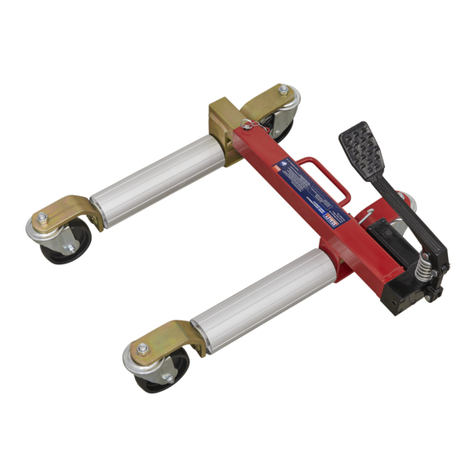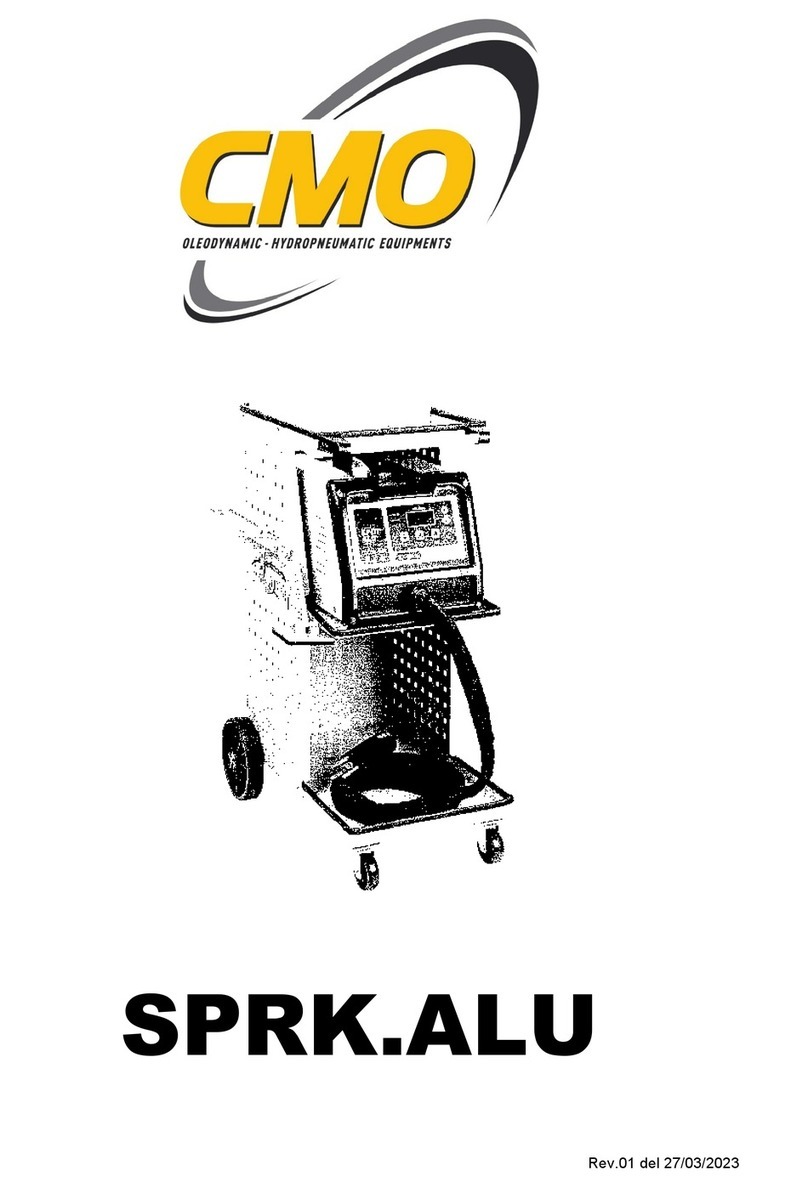
• Always wear impact safety goggles that provide front and side protection for
the eyes. Eye protection equipment should comply with CSA Z94.3-07 or ANSI
Z87.1 standards based on the type of work performed.
• Wear gloves that provide protection based on the work materials or to reduce
the effects of tool vibration.
• Wear protective clothing designed for the work environment and tool.
• Non-skid footwear is recommended to maintain footing and balance in the
work environment.
PERSONAL PROTECTIVE EQUIPMENT
5
PERSONAL PROTECTIVE EQUIPMENT
• Do not operate any tool when tired or under the inuence of drugs, alcohol or
medications.
• Avoid wearing clothes or jewellery that can become entangled with the moving
parts of a tool. Keep long hair covered or bound.
Do not overreach when operating a tool. Proper footing and balance enables
better control in unexpected situations.
PERSONAL PRECAUTIONS
Control the tool, personal movement and the work environment to avoid personal injury or
damage to tool.
WARNING!
Wear personal protective equipment approved by the Canadian Standards Association
(CSA) or American National Standards Institute (ANSI).
